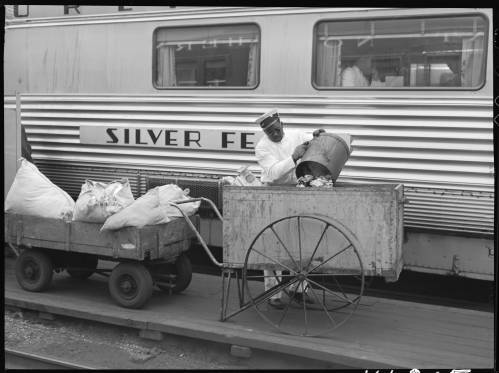Street Photography in Illinois: Social Documentation
There is a distinction between street photography and documentary photography; however, the realism that is key to street photography – the shunning of posing and digital manipulation – does lend well to social documentation.
An image of the street, whether taken with artistic or journalistic purpose, preserves a real moment in time for future viewers. Street photography can, among other examples, serve as a diary, a commentary on society, or, once a few years have passed, a historical snapshot. Street photography from past eras can give modern viewers new insight into the present as they see the ways in which people and the streets have changed. Using their unique perspective, street photographers call the viewer’s attention to different aspects of life. Capturing reality, rather than staged scenes, street photography often shows the viewer people and places that are outside of mainstream media.
Street photography has endured throughout the centuries perhaps due to its transformative power – photographs taken in public places are at once simply snapshots of everyday moments but, through the photographer’s perspective, they also become art.



